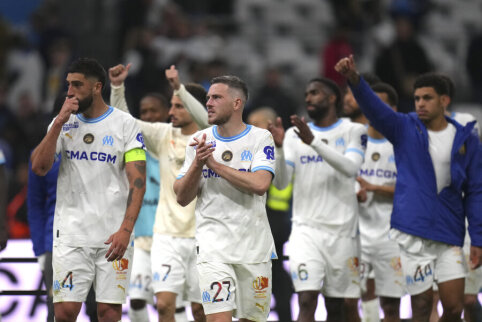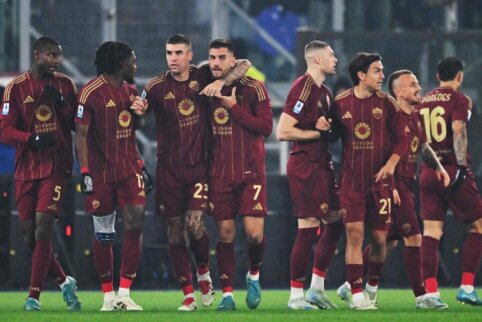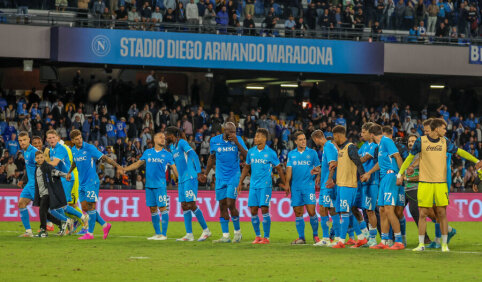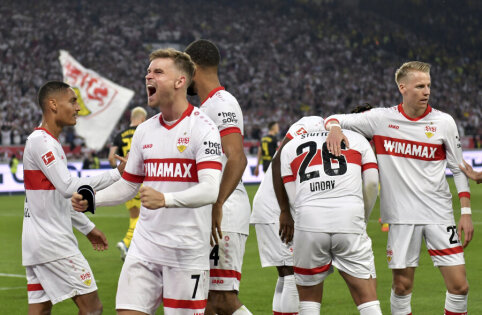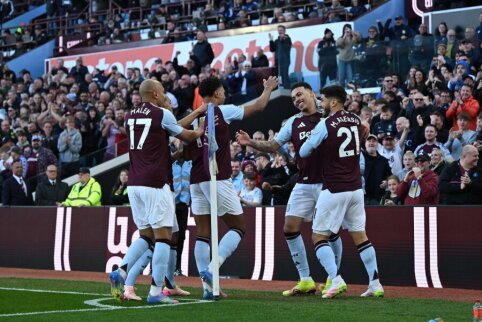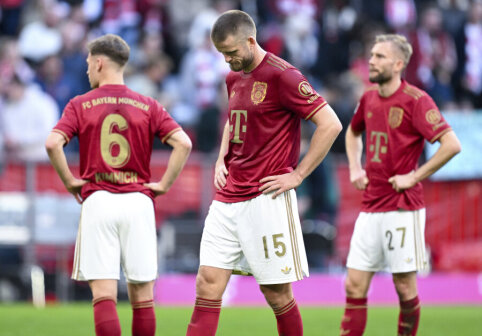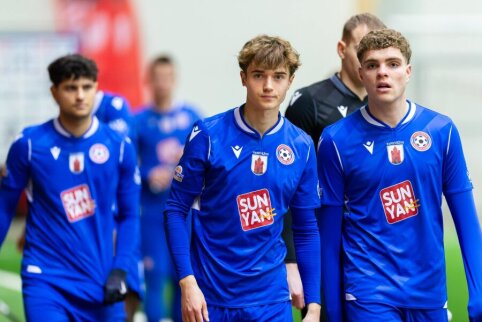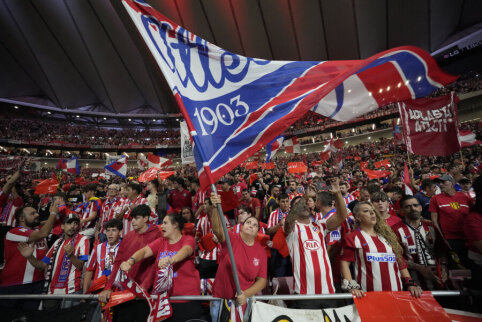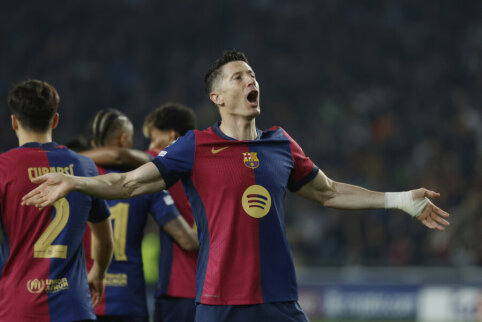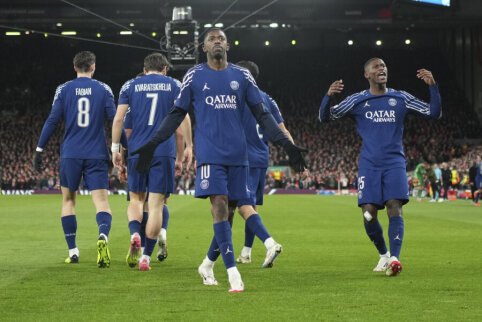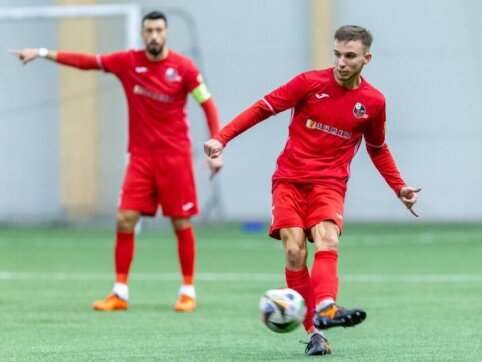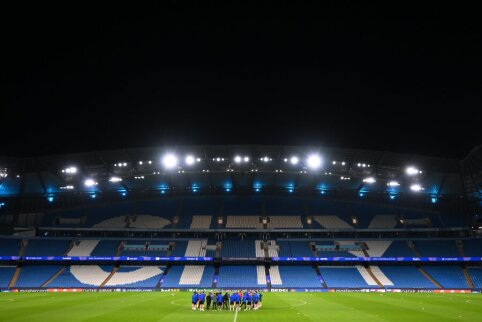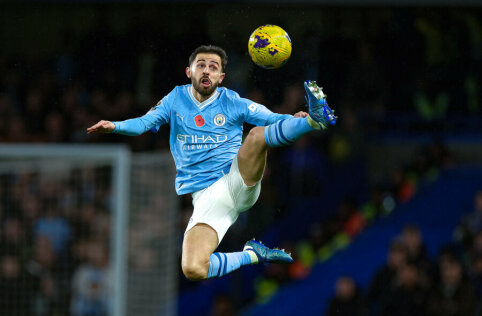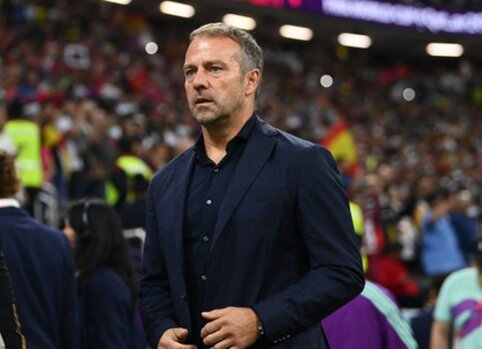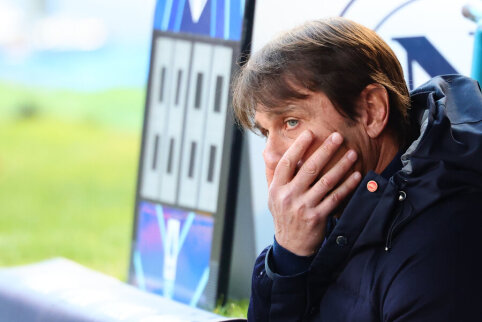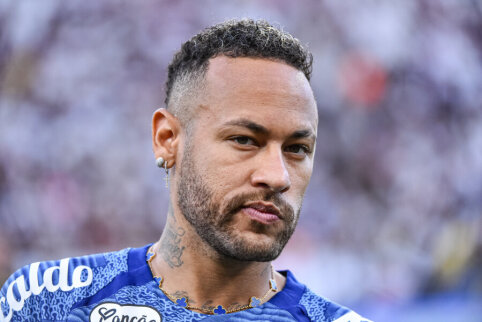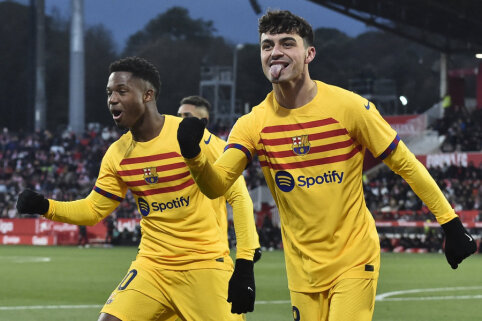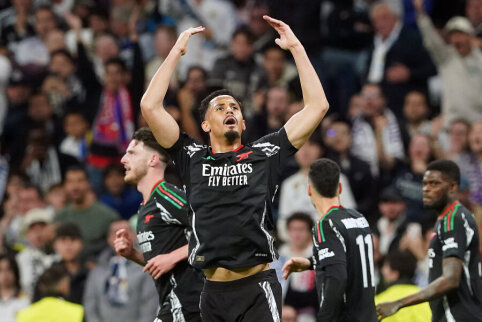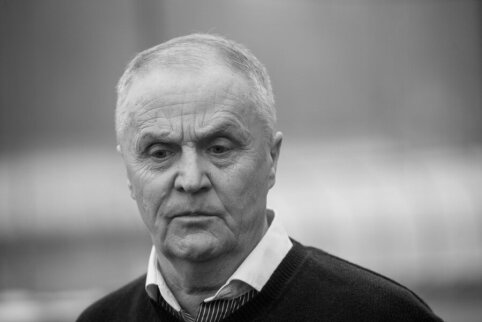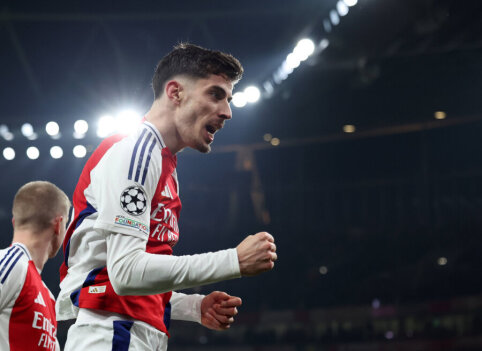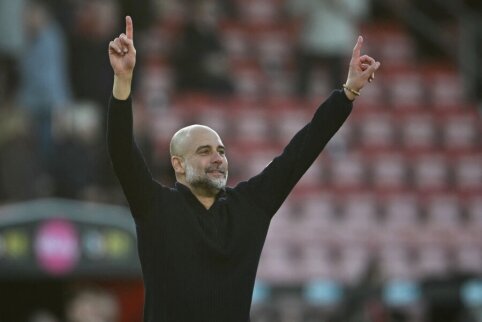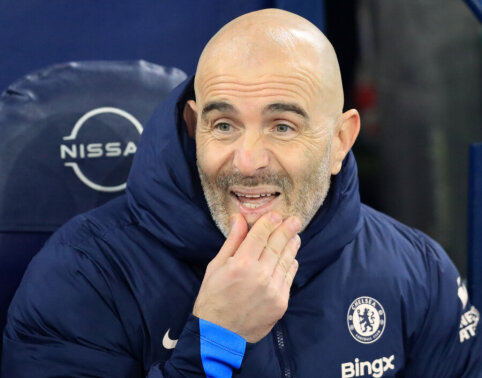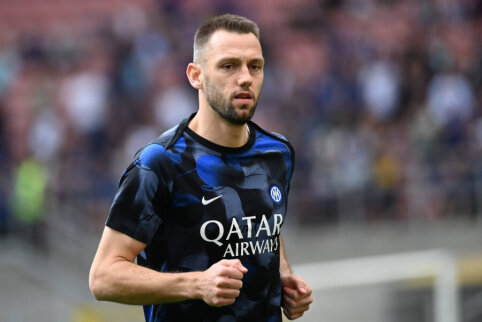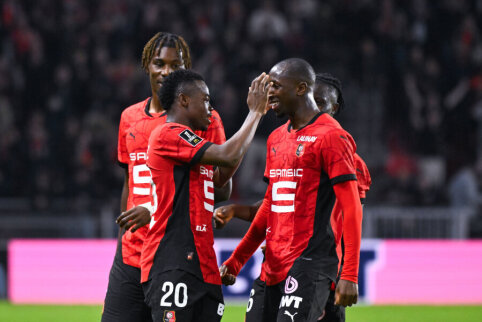 © EuroFootball.com
© EuroFootball.com
These teams' duel can be called the national teams' "El Clasico". After all, how many times have they met in various tournaments. Although history was more favorable to Cesare Prandelli's pupils, Joachim Löw's players have been "riding the wave" for the past few years, while the Italians, on the contrary, suffered a fiasco 2 years ago at the World Cup. Both teams are creating a new style of play, both opt for attack, dynamic game.
Although Germany was considered the favorite "on paper," when singing the anthem and seeing players' eyes before the match, it was clear that the other favorite was Italy. At the beginning of the match, the Italians sought to take the initiative, pressing the opponents in every meter of the field. C. Prandelli instilled in his players his philosophy that it is better to concede a goal during a counter-attack than to do so while defending and suffering. In the match against the Spaniards, the Italians played high, trying to push the Spaniards out of their side of the field, not allowing them to play their typical game. The German game in recent years has relied on a wide game through wingbacks, combinations between them, attacking central midfielders, and the striker. This way they stretched the opponent's defense, creating space for themselves (e.g. group matches) and scoring goals. Thus, C. Prandelli lined up in a 4-4-2 formation, focusing in the middle of the field. It was evident that they were giving up the wings to the Germans. Often, players like Jerome Boateng or Lukas Podolski, who received the ball on the wing, seemed to have space, but it was not so. Their actions were restricted because the Italian always stood in front, but slightly withdrawn - so there was no opportunity to take on the player 1 on 1, and the other possible alternatives were blocked by the Italians. The attacking central midfielder was often cut off due to high pressing, while the striker was covered by 2-3 tall defenders. More often, the latter option was chosen, i.e., playing a high ball to Mario Gomez, but this was well defended, and the engine of the attacks, Mesut Ozil, was actively blocked by Daniele de Rossi, Andrea Pirlo, or Claudio Marchisio. Therefore, it is no wonder that these two team leaders went unnoticed. Another interesting fact is the mobility of the Italian players all over the field. Although they had less time to recover after the quarter-final match, the Italians looked "fresher." With the ball in the German half, the entire "blue" team pressed the Germans quite high, but as soon as the ball crossed the midfield, the Italians quickly retreated, closing all possible free spaces around their goal, compressing the midfield with two lines of four players.
Speaking of the German defense, it is necessary to note their lack of coordination. Always disciplined, that evening they made several rough mistakes during the first half. Both led to conceded goals. The first one, when even three players attacked one Antonio Cassano apparently in a non-dangerous zone on the edge of the field, then, one remaining Holger Badstuber lost his position to Mario Balotelli. In the second case, no offside was created. Another important point is the loss of control in the midfield. J. Löw failed to neutralize A. Pirlo, to whom he promised special attention before the match. Most likely, for this purpose, Tony Kroos appeared on the field, who often pursued the Italian "conductor," aided by M. Ozil, but the latter clearly lacked the skills typical of a defender, discipline, patience. Just like Wayne Rooney, who was given a similar task.
It was extremely interesting to watch the attacks of both teams because they were significantly different. The Italian attack was organized through the middle of the field, while the German attack was through the wings. The form of the first attacks resembled an upside-down "V" letter, while the others simply "V" (imagining the opponents' goal at the top, ours at the bottom). In place of Thomas Muller, Kroos, who moved more frequently to the middle of the field, leaving space free on the right for Boateng, Khedira rose higher, Gomez played a little deeper, completely stuck between Italian central defenders. As soon as the Germans started the game from their half of the field, they were immediately met by the Italians, so their game was a bit slower than usual. Later, the "blues" quickly retreated and packed the midfield, blocking the center of the field. They only had to pass the ball to the wings, but choosing to cross the ball into the goal from there usually did not create anything dangerous. Another decision, to "turn" the ball into the middle of the field, usually ended with a long-range shot. Although some shots were very accurate, Gianluigi Buffon always proved to be the best.
The Germans seemed as if they were thrown out of their game rhythm and scenario. Reacting to this, J. Löw significantly changed the players and their movements on the field. Miroslav Klose moved much lower to get the ball than Mario Gomez, Marco Reus activated the left wing, Philipp Lahm moved towards the center, Bastian Schweinsteiger withdrew to cover the actively playing A. Pirlo. This paid off. The Germans pressed the Italians for 60-70 minutes, it seemed that they were only missing a couple of dangerous episodes to feel the seriousness of the game again. C. Prandelli reacted to this by substituting tired, more attacking players, releasing fresh, better-defending players, especially Thiago Motta. The Italians started playing in a 4-5-1 formation, moving back more, but not leaving the center and not avoiding spreading across the field when the opportunity arose, while the Germans played with a 3-4-3, or even a 2-5-3, setting up attackers with the last Italian defenders. In our opinion, this was a mistake by J. Löw because some of his team completely dropped out of the game, isolated themselves from the ball, and had no one to pass to. Their game became very one-sided.
Tactically, along with Croatia and Portugal, Italy is one of the most interesting teams in this championship. Excellent preparation for the matches, ideas, and desire determined their victory over one of the tournament favorites. We are looking forward to the final, where C. Prandelli faces another historically favorable opponent. However, let's leave history aside and watch a very interesting championship.
